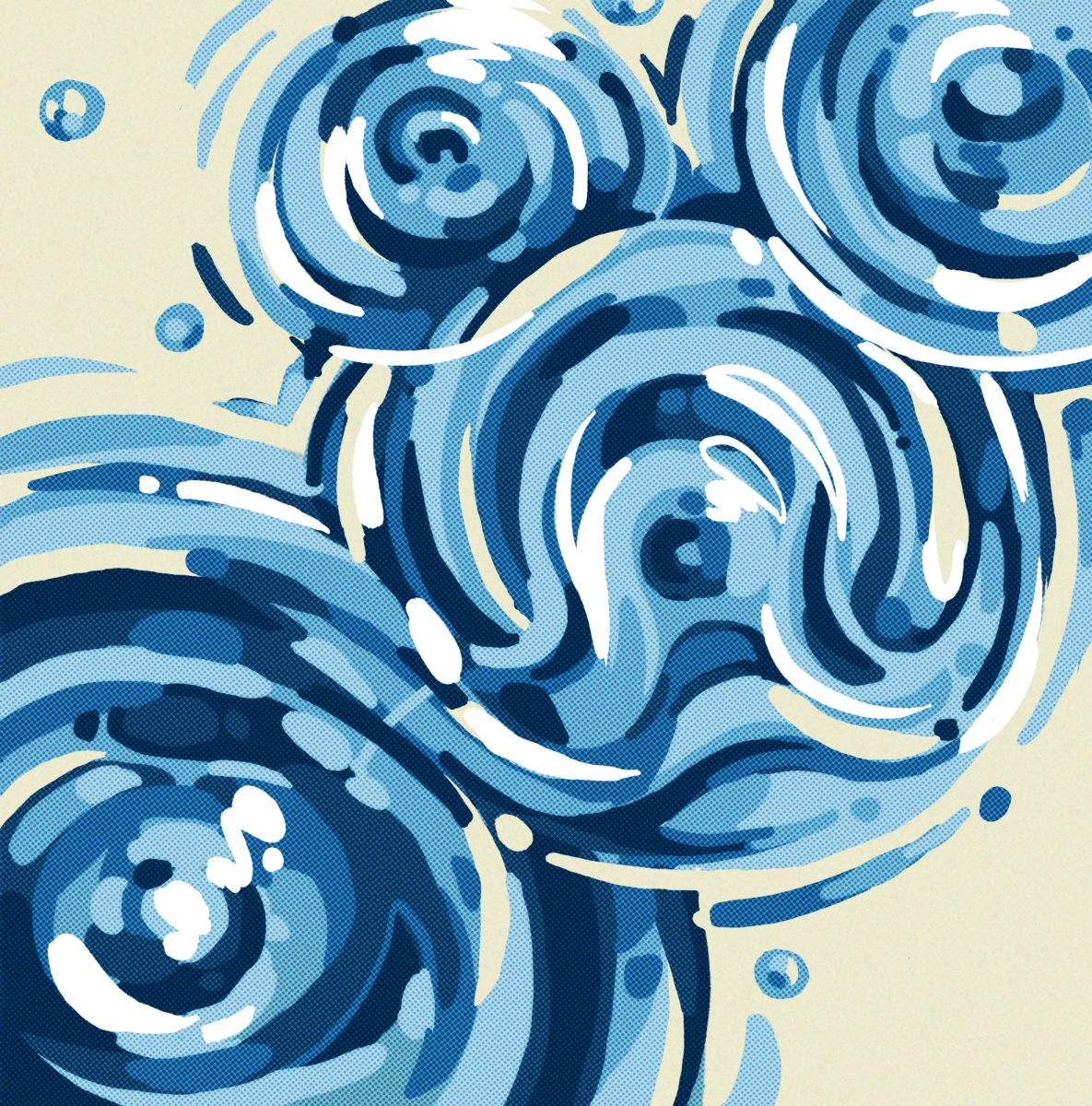Life isn’t all rosy and joyful as stories lead us to believe. Bad days come, trials knock us down and big events might flip our lives completely upside-down. Most of us can relate to feelings of loss, sorrow, anger, confusion and heartbreak in one way or another. No matter who you are, at one point in your life, you have or will feel, in a word, “broken.”
When we break plates or cups, we might consider them trash after all is shattered. Saving the pieces and trying to put them back together would seem pointless so instead of trying to fix what was broken, the pieces are thrown away.
Although some might view broken pieces as garbage, the Chinese have an ancient art that involves broken pottery called Kintsugi.
Kintsugi means “golden joinery.” It is the art of repairing pottery with lacquer and gold or silver powder, understanding that the piece is more beautiful for having been broken.
Christy Bartlett, in her book, FlickWerk: the Aesthetics of Mended Japanese Ceramics, shares that Kintsugi is closely related to the Japanese belief of mushin which translates to “no mind.”
“Not only is there no attempt to hide the damage, but the repair is literally illuminated… a kind of physical expression of the spirit of mushin… Mushin is often literally translated as ‘no mind,’ but carries connotations of fully existing within the moment, of non-attachment, of equanimity amid changing conditions,” Christy Bartlett said.
When we feel broken or hopeless in our lives, we tend to look in the mirror at ourselves and see “trash” or a person who cannot be healed, but the Chinese art of Kintsugi can teach us a lot about the value of something, especially after it has been broken.
Going through trials in life is never fun and never easy, but every trial can teach you something if you allow it to. Those broken pieces that we feel being chipped away from us during hard times are what make us truly beautiful in the present. Trials and tribulations shape people into who they are at this very moment.
If you think back on your life and all the hard times you’ve walked through and take all of them away, where would you be right now? Who would you be? Would you be happy? Some might say yes, but let me pop your bubble for a moment. If our lives were nothing but easy, we wouldn’t know what accomplishment was, what victory felt like or what joy and happiness truly were.
Life will feel awful at times. There is no sugarcoating that, but, like Kintsugi broken pottery, shattered doesn’t mean hopeless. Broken is unique. Broken is strong. Broken is beautiful.
Works Cited:
https://makezine.com/2015/08/17/kintsugi-japanese-art-recognizing-beauty-broken-things/
https://en.wikipedia.org/wiki/Kintsugi













Danielle • Nov 11, 2020 at 6:30 pm
The title of the source material for the article is “the Aesthetics of Mended JAPANESE Ceramics” but the author still refers to it as Chinese throughout. Good grief.
Melissa • Jul 13, 2019 at 12:13 pm
Kintsugi is Japanese, but the author says later in the article it’s Chinese. I was actually searching for information on whether Kintsugi spread from Japan to China sometime soon after it’s origins..verdict is out!